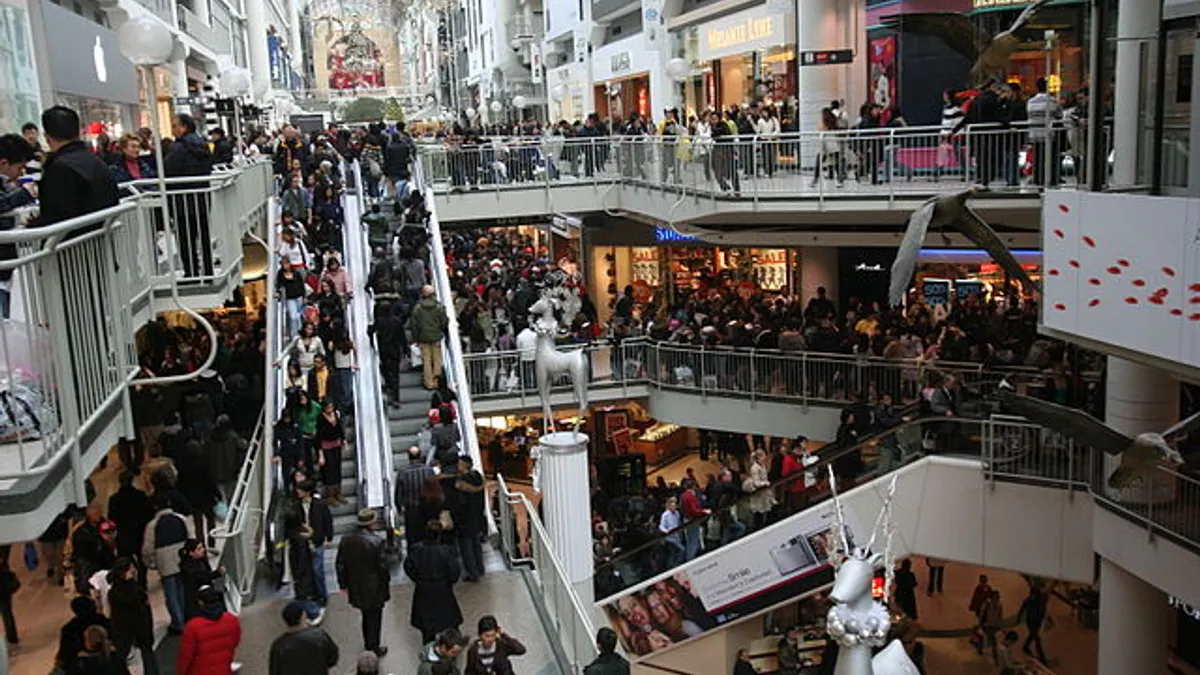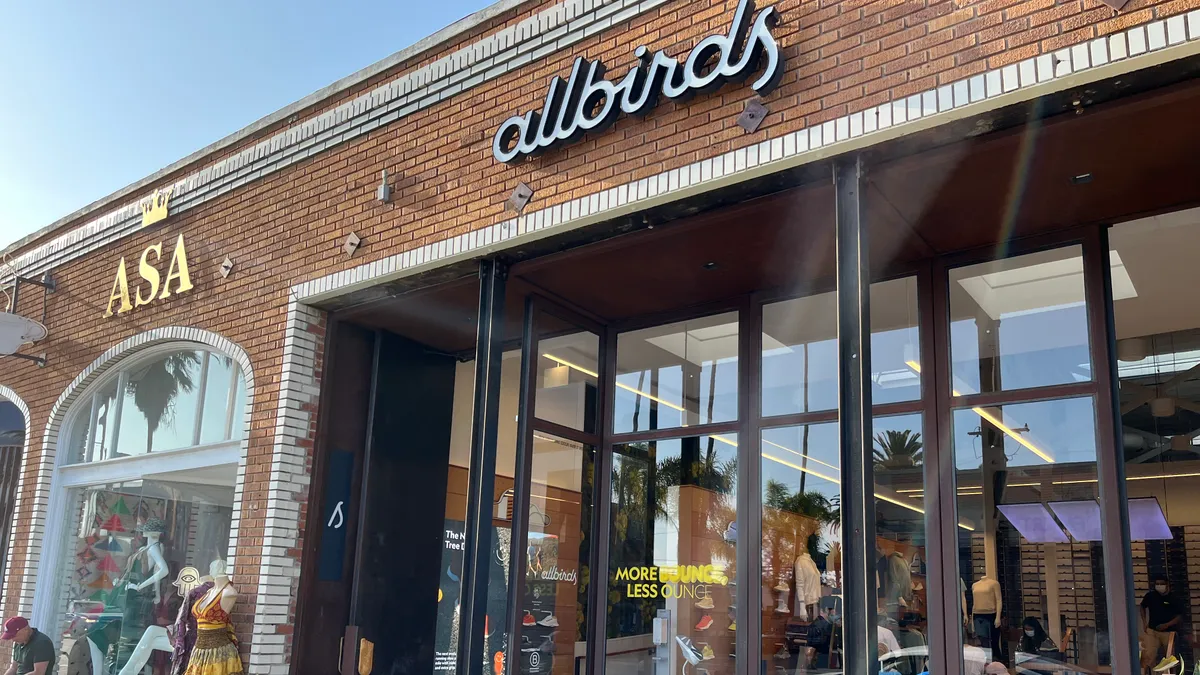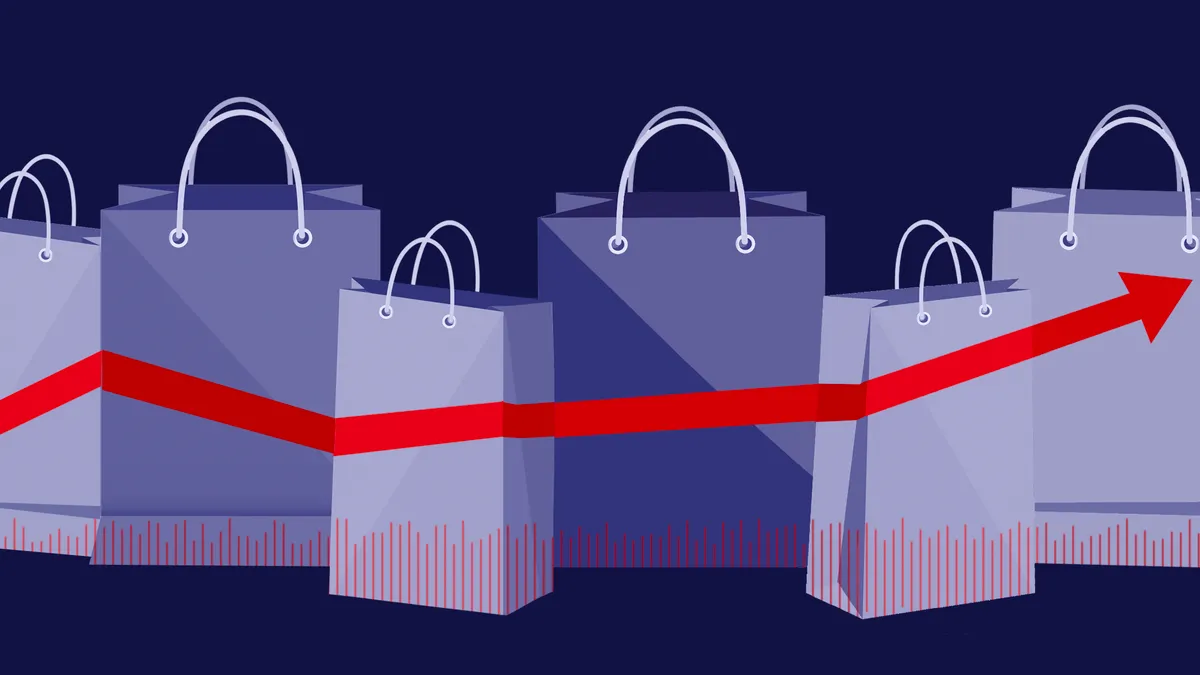In the days following Black Friday and Cyber Monday, retailers and observers were bombarded with a slew of numbers, reports, and surveys all trying to figure out one thing—how did retailers do during the two busiest shopping days of the year?
Hard numbers hard to come by
ShopperTrak and the National Retail Federation released their calculations of sales over the Thanksgiving weekend. The two agreed on one thing—retail sales decreased over the same period last year. But the data sets did not agree on just how much. The NRF reported that sales dropped 11% during the weekend when compared to last year, while ShopperTrak reported a far more mild 2.1% decrease.
The disparity between those numbers shows just how hard it is to tag Black Friday and the days that follow with definitive sales numbers. While the NRF surveyed 4,600 shoppers on Nov. 28-29 for its numbers, ShopperTrak monitored foot traffic at retailers on Thanksgiving Day, which may account for the disparity between the two numbers.
Initial reports can help retailers adjust inventory and pricing to continue to attract holiday shoppers, but we may need to wait for harder numbers to really say how Black Friday has influenced the overall holiday shopping season. Major credit-card companies are expected to release the earliest hard data on consumer spending, and the Commerce Department will release December’s retail sales numbers in January.
The one safe conclusion is that sales dropped over Black Friday—every report we have seen reveals a decrease. We just don’t know how much. Early discounts and Thanksgiving Day openings could factor into these declines, and may even point to a larger trend—as consumers become attuned to seeing sales earlier in the season, they have no reason to wait until Black Friday to spend.
E-commerce on the rise
While brick-and-mortar retail seemed to suffer, e-commerce showed positive signs. ComScore found a 26% uptick of desktop retail online sales this year over 2013. E-commerce appears to be creeping up on brick-and-mortar as the go-to shopping channel for Black Fridays in the years to come.
One of the biggest winners of Black Friday was mobile commerce. PayPal saw a 62% increase of global mobile payments through its site this Black Friday compared to last year. The payments company based the numbers on its online commerce data, which it claims sees $1 of every $6 of e-commerce globally.
Another sign that mobile is emerging as a very real and important channel for retailers—Wal-Mart reported 70% of its website’s traffic came from mobile devices between Thanksgiving and Cyber Monday.
'The New Black Friday'
Wal-Mart saw record-breaking traffic to its website and online orders in the five-day period between Thanksgiving and Cyber Monday it now calls "The New Black Friday," according to reports from the retail giant.
But while stringing out Black Friday sales for multiple days seems to have hurt brick-and-mortar, it only seems to have helped Walmart's online operations. The company says that Cyber Monday 2014 was the website's busiest day ever for online orders.
And if the early numbers indicating decreased Black Friday sales at brick-and-mortar stores are to be believed, shoppers appear ever more likely to stay inside and shop online, rather than brave the lines and weather at physical stores.











